Welcome! You’ve reached Spark. If a book club married a writer’s group, this community would be their child. Learn more here or just read on. If you received this from a friend, please join us by subscribing. It’s free! All you have to do is press the button below. Thanks for joining us!
In this issue
Barbara Follett: the woman who walked away - or did she?
The Writer’s Dog: Hula, Grapes and their writer, Sari Fordham
The Return of the spurned: latest episode in the “Telenovela on Pleasant Lake” and more
But first, a quick question
You have to leave everything you know and love tomorrow and don’t know when you are coming back. You can bring one book & one favorite food — what will you bring?
The Ultimate Escape
I had never heard of Barbara Newhall Follett until I read this article by Daniel Mills in the LA Review of Books but now I can’t stop thinking about her. Born in 1914, she published her first novel at the age of twelve and was heralded as a child prodigy. She published her next novel in 1928 as she turned 14, a seafaring story she researched the summer before by serving as a “cabin boy” aboard a ship that sailed to Nova Scotia. She was poised for a life of adventure and literary success.
Then it all went south: her supportive intellectual father left the family, plunging Barbara, who had been devoted to him, and her mother into near-poverty on the eve of the Great Depression. She was still a teenager when she married her husband, Nickerson Rogers, and only 25 when, according to her husband, she walked out of her house with $30 in cash. She hasn’t been seen since.
“She was never seen again. Why? Where did she go? To the sea or the mountains? Barbara once joked with a friend that if life became too much she could always disappear. She could always make a new story to live in.” - Jackie Morris, The Guardian
Her story has captivated lovers of literature and true-crime sleuths but no one has ever answered the question: where did Barbara Newhall Follett go and what happened to her? Were the bones found in Holderness, New Hampshire hers or did they belong to a woman named Elsie Whittemore? Or did she, as her fan and artist Jackie Morris put it, “make a new story to live in?” We’ll never know.
I can’t stop thinking about her not because of the first book she wrote (available here with Jackie Morris’s gorgeous illustrations), but because I’ve always wondered if I’d be able to walk out of my life into another one and never look back.
I’m going to make a great leap here and assume that I’m not the only one among us who have had thoughts like this. My first time was in college on a spring day when the air coming in the windows (and rust-worn holes) of our VW smelled like the beach. Classes were over, my toddler was in daycare, and I had a rare hour or two to myself to do errands. I sailed past the grocery store and turned onto the road that led out of town. Then I just kept driving. I told myself I was just going for a drive. I’d go back any minute. My life felt lighter for a few moments, nobody to worry about, all my mistakes receding in the rear-view mirror. Then I began to wonder: What if I just kept going? How far could I go and how long could I be away before every connection I had was in shreds? How long before going back would feel impossible?
I never found out. No matter how many times these thoughts have arrived over the years-- always when I’ve been alone in a moving car, the radio on, the road stretched out in front of me -- I’ve never had it in me. For every minute I spent envisioning how far I could go on the tank of gas and the money in my wallet, the kinds of jobs I could get until I figured out where I would land, I’d spent twice that amount of time wondering what I would tell people about myself, how I would explain myself if someone came to look for me.
In Barbara’s case, no one looked for her. Her husband, like her father, was involved with another woman. He never even reported her missing until two weeks after she’d left and then he called her by her married name, Rogers, in a small never-noticed notice in the Boston papers. No one noticed except, eventually, her mother who spent her last years searching for her daughter and harboring suspicions about her son-in-law.
Barbara was obsessed with escape and with nature. Her debut novel: The House Without Windows is about a girl who flees her family and lives in the woods, makes friends with animals, and eventually becomes a wood nymph. The writing is fairly sophisticated for a young child but the story suffers from excesses and repetition and a surprising lack of real conflict between the girl and the natural world Follett loved. She paints the woods and ocean of New England as a fairy land, rather than a place with real weather, unpredictable elements, and indifferent predators. The central conflict is and remains the one she has with civilization represented by her parents and their ilk. The praise for it at the time centered on the window her story gave into the “mind of a child.” A precocious, extremely loved and extremely confident child who plummeted to earth when her world fell apart.
Unfortunately, it isn’t clear how much of Barbara’s adult mind anyone knew. We have some letters collected here and we have the kinds of speculation that appears in this brief article by Paul Collins or the article by Daniel Mills. She struggled as a writer in her adult years and she worked as a secretary. She continued to love the outdoors and nature and some believe that this is where she headed when she left.
We will never know.
Books: Fictional Women Who Walk Away
“But if you never did anything you couldn't undo you'd end up doing nothing at all.”― Anne Tyler, Ladder of Years
Ladder of Years by Anne Tyler is one of my favorite novels and one I always end up talking about with fellow Tyler fans. Published in 1995, the story centers on Delia, a doctor’s wife and mother of almost-grown children who, on a family trip to the beach, makes an unplanned departure wearing her still-sandy bathing suit. She doesn’t go far in a geographic sense but within days she has launched herself down a new path in a new town and proceeds to discover important truths about herself and her family. Funny, insightful, never obvious - this story displays the distances we experience even when we live with those we love and explores the inevitable, necessary losses that have to occur in order to find the way home again.
I added Leave Me by Gayle Formanto my TBR list when it came out in 2016 and I still haven’t read it but it’s staying on my list until I do because of this excerpt. It’s about Maribeth Klein, a harried working mother who's so busy taking care of her husband and twins, she doesn't even realize she's had a heart attack. The blurb is aimed right at the old me: Every woman who has ever fantasized about driving past her exit on the highway instead of going home to make dinner, and every woman who has ever dreamed of boarding a train to a place where no one needs constant attention.
Walks Away Woman by Ki Longfellow - This book went on my TBR list this week. I don’t know why I never knew about it or this author before but, again, just reading the first few pages convinced me I need to give myself the gift of this book. Again, we have a middle-aged woman who spontaneously walks away from her life in the suburbs into the desert to die. Only she doesn’t. And that’s where the story gets interesting. The author, Ki Longfellow is new to me, but she appears to be one of those writers who refuses to be classified by genre - she just writes what she wants to write. I love the opening of Walks Away Woman, published in 2013:
“Ten minutes after ten in the morning and Mrs. Peter Warner is arranging her full bag of groceries in a trash barrel. A moment later, she steps off the hot asphalt of the Safeway parking lot and into the Sonoran Desert.” - Ki Longfellow, Walks Away Woman
All the books mentioned in this week’s newsletter are available at bookshop.org on the Spark Community Recommendations Page. Check them out!
Following up...
Remember the saga of the Loon who was spurned by her mate for a younger woman? Well that younger woman has hatched her first chick and wife number one is NOT happy about it. Check out this update and gorgeous photos from Jen Esten and Jon Waage who chronicle life on New Hampshire’s Pleasant Lake.
My question from last week -- Can anyone think of a movie based on a book that was better than the book — turned up some great answers and movies. Among them were books I haven’t read and movies I’ve yet to see. Here you go:
Andrew Merton: “The novella The Graduate by Charles Webb was pretty good, but not as good as the movie with Dustin Hoffman. The novel Shane by Jack Schaefer, originally published in three parts by Argosy Magazine, was not as good as the movie with Alan Ladd (at least I don’t think so. I was nine when I saw it in 1953…)
Kristen Tsetsi: “The Lovely Bones and anything & everything by Nicholas Sparks.” ( Heads up: I have a copy of The Lovely Bones that I will be rehoming soon).
Jimmy Doom: “Full Metal Jacket is probably better than Short Timer, upon which it was based.”
My question was prompted by watching the DVD of Francis Ford Coppola’s take on The Outsiders which is a wonderful movie if you are into 80’s nostalgia (Patrick Swayze, Matt Dillon, Rob Lowe, etc. etc. etc. but, for me, a terrible disappointment because I loved S.E. Hinton’s 1967 classic so much.
A Book Is Born
One of the high points of my week: having a celebratory lunch with Stacy Ardis Dyson whose beautiful collection of poems Lovely and Suffering has been launched into the world. This collection was born from The protests that swelled with the murder of George Floyd, the deaths of so many Black people at the hands of white people, policemen, the political attacks on Black women as they exerted their strength and power through the elections, and her own memories — all of this led to poetry she needed to write and we all need to hear.
The Writer’s Dog: Hula and Grapes (Sari Fordham)
I first discovered Sari Fordham in a Facebook post from a friend. Then I read her. Her voice on the page makes me think we’d get along in “real life” although it also makes me think twice about my own writing. Her prose is pitch perfect. Elegant. Vivid. Accessible. She has a perspective I admire born of living in places I’ll never see. She makes me think. She cares. She makes me care. She sounds like a laugher. She wrote this wonderful essay “Boob”, a memoir I can’t wait to start, and puts out Cool It, a short monthly newsletter with an action item that anyone can do anytime to help our suffering planet. But more about Sari in a minute. First…
Meet Hula and Grapes
Known for: Hula is known for getting sprayed by a skunk on three separate occasions (Two a.m. spa treatments are amazing.) and Grapes is known for hunting lizards and bringing their carcasses into the house (That lady can really jump!). We bring the fierce to chihuahua-mixes.
Experts at: cuddling, jumping on walls, and keeping the house safe from skunks and mail carriers.
What we live for: the pandemic. Having the two big humans home every day has been the best thing ever. We also love when they carry the food scraps out to the compost bin. It’s like a tiny pre-walk every afternoon.
How we met our writer: She came to the shelter and adopted us. First, the humans adopted Hula and then when the little human started school, they came back to get Hula a dog.
How it’s been going so far: We’re only getting fed two meals a day (Send help!), but otherwise we like these humans. They make good pillows and they make silly voices and the little human spends hours outside exploring with us.
Something you should know about our writer: She is an environmental activist. Once, we all protested the Adani coal mine in Australia. Adani is still planning to build it (Growl!) but we’re hoping dogs and humans can fight together to slow down climate change.
Meet Hula’s and Grapes’ Writer: Sari Fordham
Known for: her debut memoir, Wait for God to Notice, about growing up in Uganda during and after the dictatorship of Idi Amin. www.sarifordham.com
What writer does when not engaged with Hula and Grapes: Our human teaches at La Sierra University, edits The Roadrunner Review, writes, parents, and organizes her local chapter of 350. She’s busy, but she always finds time for cuddles.
Wait for God to Notice is a memoir about growing up in Uganda and about better understanding one’s parents. Phillip Lopate (who we’ve heard is a big deal) called it a “gripping, astutely written memoir.”
Mountain Lions of Watamu considers why more humans aren’t terrified about climate change and how parents can manage the tension of raising a human on a burning planet.
Waiting by Sari Fordham. After reading lots of articles about why older mothers exist, our human decided to tackle the story herself.
How we help Sari write: Hula stays up with our human when she writes late at night. Sometimes Hula puts a paw over her eyes to let Sari know that I would like her to turn off the lamp, but most of the time, she leans up against her to let her know we’re writing together.
Where to find us:
https://www.instagram.com/sarifordham/
https://twitter.com/sarikarina
Coming Soon
How a psychic is helping me write my novel
Books that will guide me as I celebrate a significant milestone
We have a winner! Lisa K. of New York won the drawing and will be giving my copy of Cynthia d’Aprix Sweeney’s newest novel Good Company a new home.
That’s it for this week. Let me know how you are, what you are reading, what you are wondering about, and where you want to go one day. I love hearing from you.
Ciao for now. Gratefully,
Betsy
P.S. And now, your moment of Zen…her muddy river
This photo was taken from our backyard. We live high on a bluff overlooking the wide, muddy Missouri River. I spend many hours on our screened porch watching the river with its many changes. The trees are home to a large variety of birds, squirrels and raccoons. - Alberta M., Missouri
Calling for Your Contribution to “Moment of Zen”
What is YOUR moment of Zen? Send me your photos, a video, a drawing, a song, a poem, or anything with a visual that moved you, thrilled you, calmed you. Or just cracked you up. This feature is wide open for your own personal interpretation.
Come on, go through your photos, your memories or just keep your eyes and ears to the ground and then share. Send your photos/links, etc. to me by replying to this email or simply by sending to: elizabethmarro@substack.com. The main guidelines are probably already obvious: don’t hurt anyone -- don’t send anything that violates the privacy of someone you love or even someone you hate, don’t send anything divisive, or aimed at disparaging others. Our Zen moments are to help us connect, to bond, to learn, to wonder, to share -- to escape the world for a little bit and return refreshed.
I can’t wait to see what you send!
(And if you’ve gotten here, liked something, and still haven’t hit the heart below, now’s your chance! )




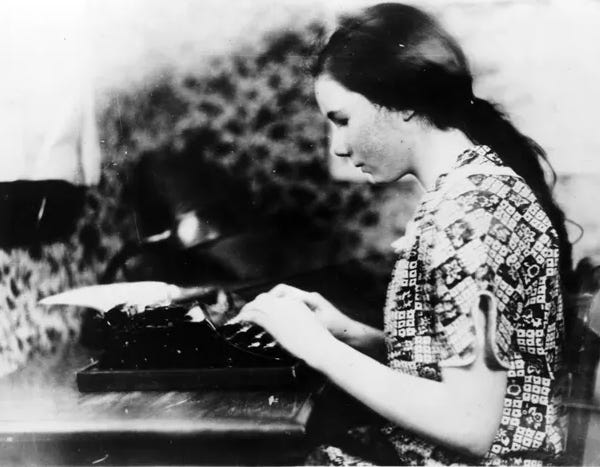

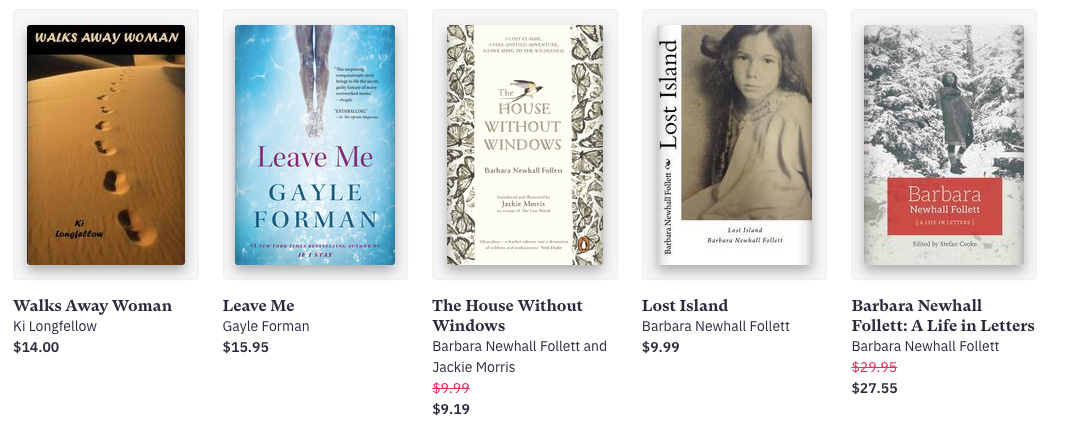
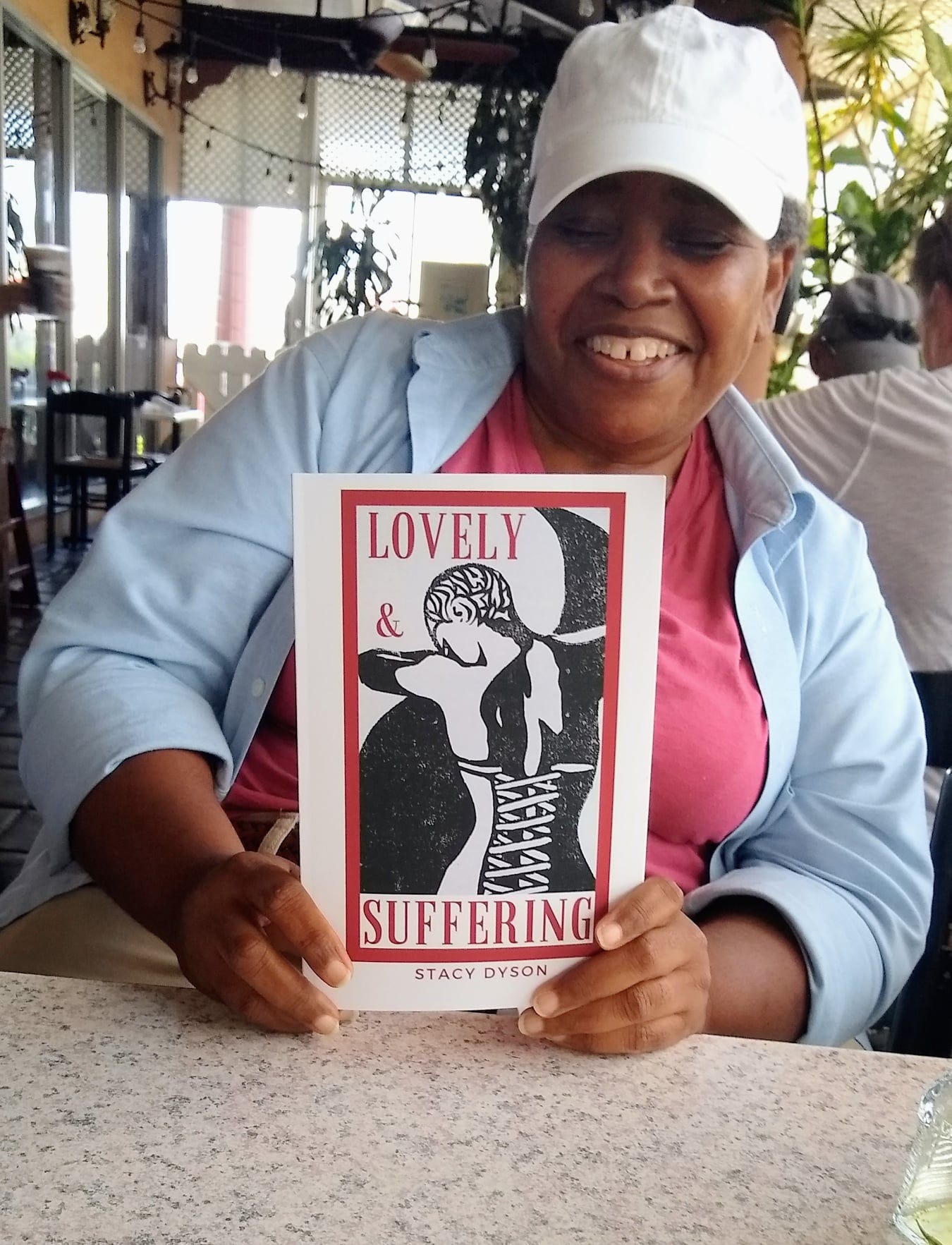




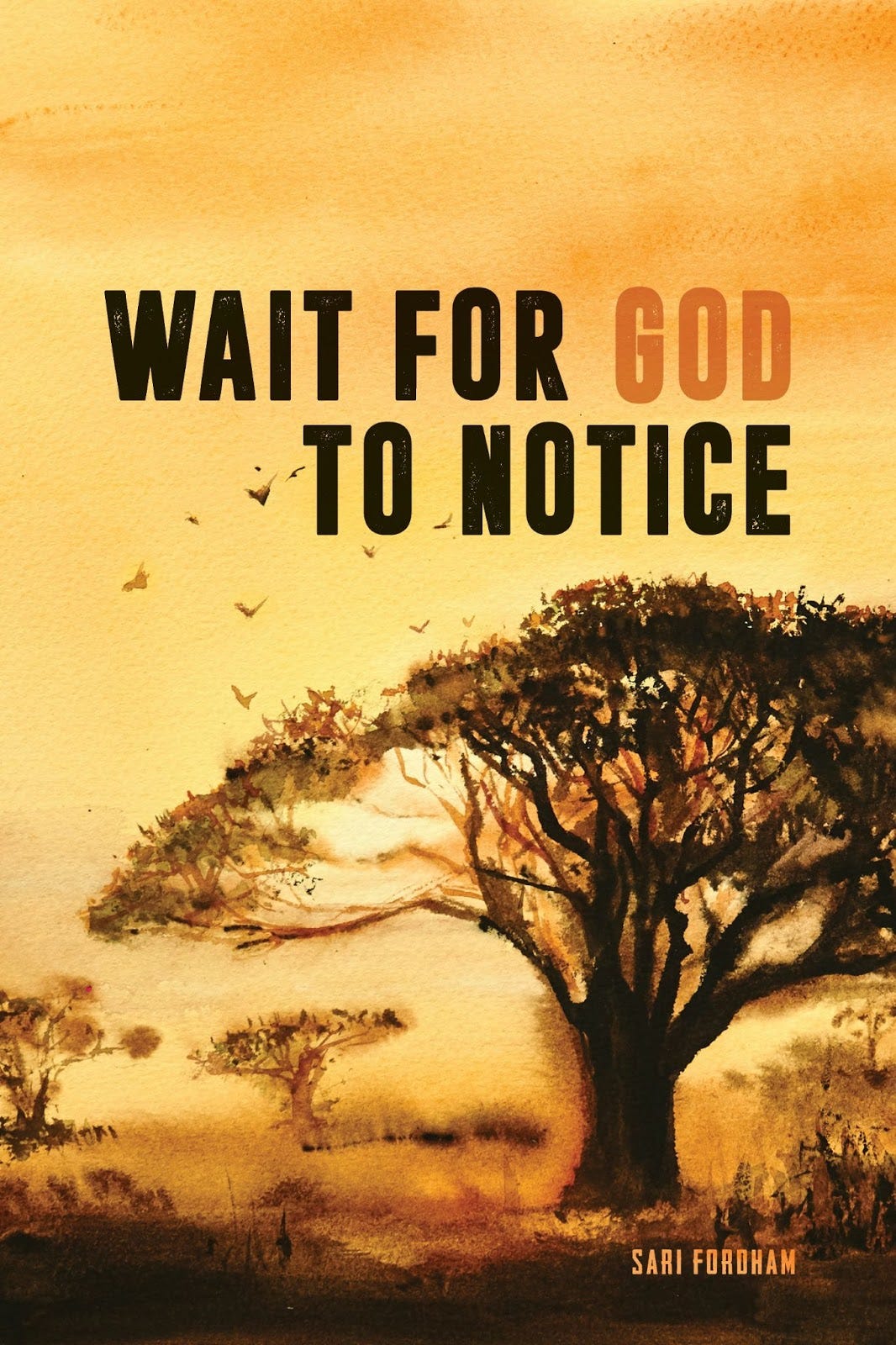
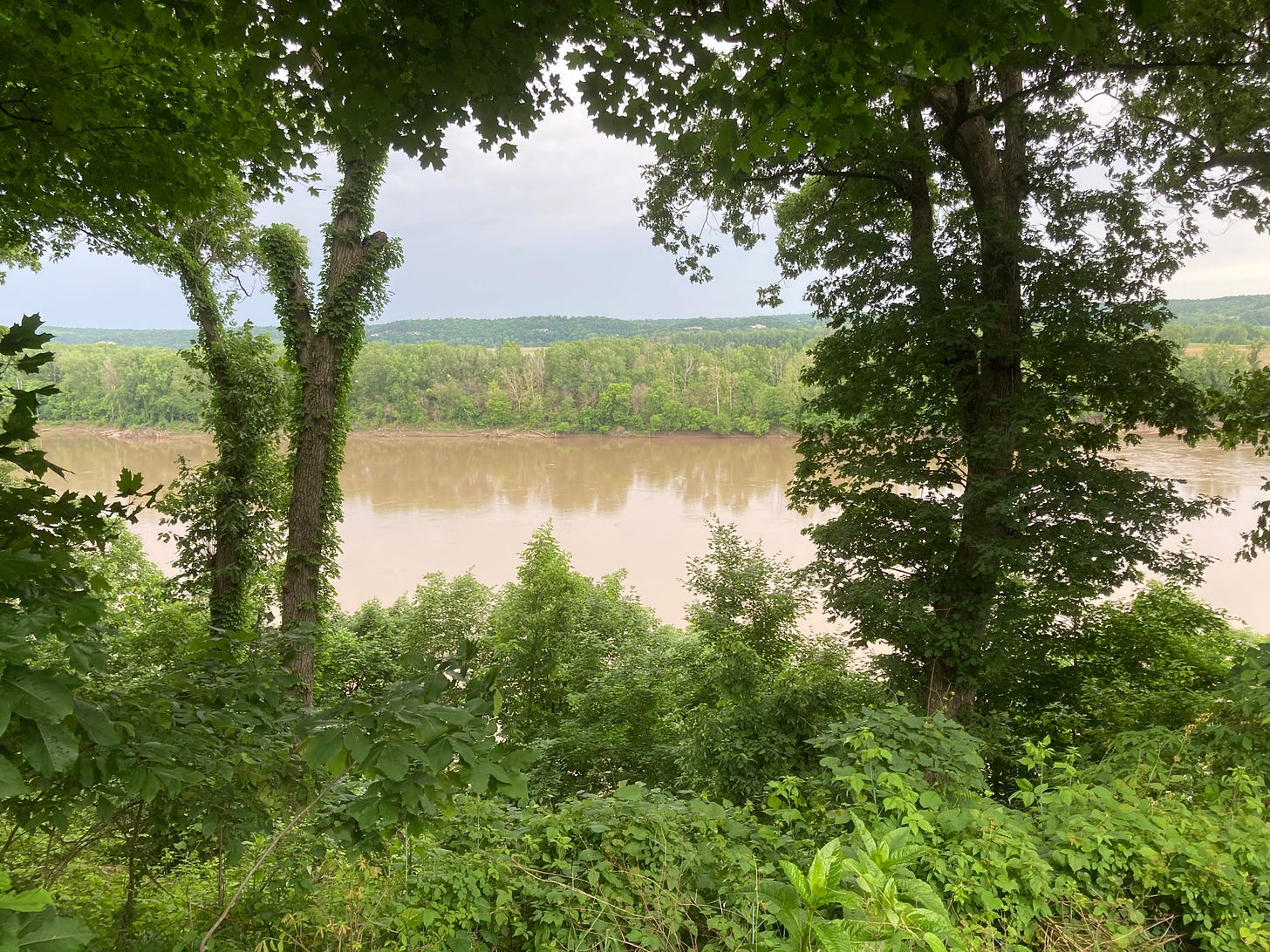
This newsletter is a haunting contemplation, Betsy. I guess, if I had to go on walkabout, I'd take my library card and smile my way into libraries in my path to get a new book each week...
i agree about the graduate being better than the book, the visuals, music, and nuances made it my favorite movie. what would i take? pasta and bel canto. the idea of a walkaway is one that many of us have at least had cross our mind at some point in our lives